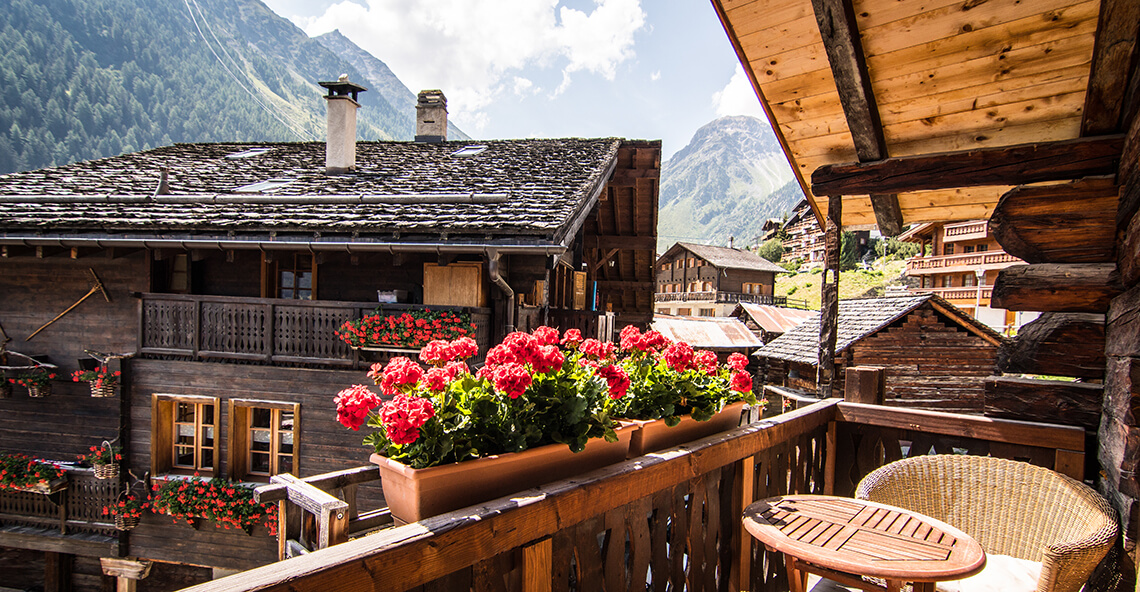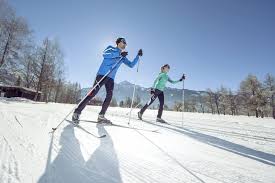
All-Season Activities to Keep in your Back Pocket

In the fitness world, “cross training” is a technique for distributing the benefits of exercise across one’s body. Often this comes up in the context of those who specialize in one sport—say, Nordic skiing—but use a selection of other, different activities to complement the ski training. Whether or not skiing is your primary focus, cross training is a valuable tool to maintain your general fitness and avoid unhealthy imbalances (like having a massive upper body without the lower body strength to support it). Beyond that, though, we might extend this idea of cross training to physical and mental well-being in general. This would mean finding a variety of activities throughout the year that activate different body parts and systems, and, most importantly, bring you joy and excitement.
As fall is now upon us, and winter not far behind, it might be useful to consider a few of the activities that provide a complement to both the physical and mental benefits of snow sports like Nordic skiing and snowshoeing. Strictly speaking, these activities are not so much cross training as dryland training since they usually take place in different seasons. However, that need not be the case. The activities I’m suggesting here—hiking, biking, and yoga—all can be continued into the winter season, and used as an effective alternative when your preferred Nordic sport is not available.
Hiking
On a purely physical level, hiking perfectly mimics many of the movements of both Nordic skiing and snowshoeing: hiking of any difficulty targets the main muscle groups involved in the “stride” of the classic technique, and those involved in lifting hefty snowshoes above the snow. To build strength before and during the winter season, gradually build up the length and difficulty of your hiking adventures. Not only will this help develop the muscular and cardiovascular endurance needed for winter sports, it is a great way to keep the outdoors exciting, even when the weather is less than perfect. Hiking has this all-season quality because of its remarkable accessibility and the versatility of the hiker’s body: I sometimes like to think of us humans as all terrain vehicles, and at no time are we more “all-terrain” than when we have hiking boots strapped to our feet. I don’t mean that, say, winter hiking should replace skiing: personally, I think of hiking a “back pocket” activity, that I can pull out when the weather is bad, or when I feel like giving my upper body a break from poling. If, however, you want to train all the muscles used in skiing when the weather is uncooperative you man consider Nordic walking-style hiking, which incorporates long walking poles into your stride.


Biking
Much like cross country skiing, cycling as a general category covers a broad range of activities and disciplines; it also improves the cardiovascular endurance and lower body strength needed for not just skiing but winter sports like snowshoeing and, of course, fat biking. Apart from wintertime fat biking (which can be done on top of the snow) there are two main cycling disciplines that we are all familiar with: road biking and mountain biking. These are often done with different styles of bike, and of course involve very different terrains. This also means it is not always financially feasible to invest in both road biking and mountain biking. Luckily though, the whole idea of having biking as a “back pocket activity” means you don’t have to invest in a new mountain bike or road bike. Instead, consider renting a bike (or borrow one from a friend) a few times a month when you want to shake up your exercise and adventure routine. Consider tagging along with a group ride—not only can a group of fellow riders prove an excellent introduction to new road bike routes and thrilling mountain biking lines, it can also be a great social activity. Like hiking, some version of cycling is available all year round: once the snow flies, fat bike rentals are now a staple at Nordic centers.


Yoga
Yoga might be the ultimate cross training activity. From the NFL to Olympic bobsledding, you often hear yoga recommended as a way for athletes to increase flexibility and range of motion, and to prevent injuries while practicing their main sport. This is all the more true for winter sports like cross country skiing and snowshoeing. Yoga poses like the warrior, downward dog, and a whole bevy of others build the balance needed to stay steady on skinny skis and slippery substrates, while other poses improve the joint mobility (think ankles, knees and HIPS) required for both skate and classic ski techniques. Now, to take advantage of the fall weather, consider sneaking in some yoga sessions outside. I’ve been using a patio yoga session to wind down after runs and bike rides, or just after a long day of work. It’s a healthy habit to get into, and the moves are nothing but beneficial to all your other activities.








































